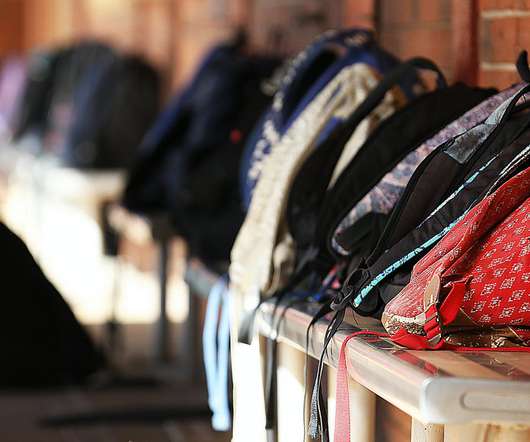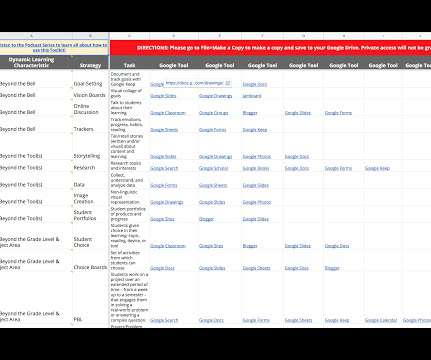Emergency Backpacks, Outdoor Classes and Other Strategies for a Successful School Reopening
Edsurge
SEPTEMBER 23, 2020
Attendance structures based on an EdSurge/Social Context Labs analysis of 373 plans published by U.S. K-12 school districts in mid-September 2020. Those communications, he said, went out to families via email, the school listserv, social media and text messages. that serves students in grades 9-12. Absolutely.















Let's personalize your content